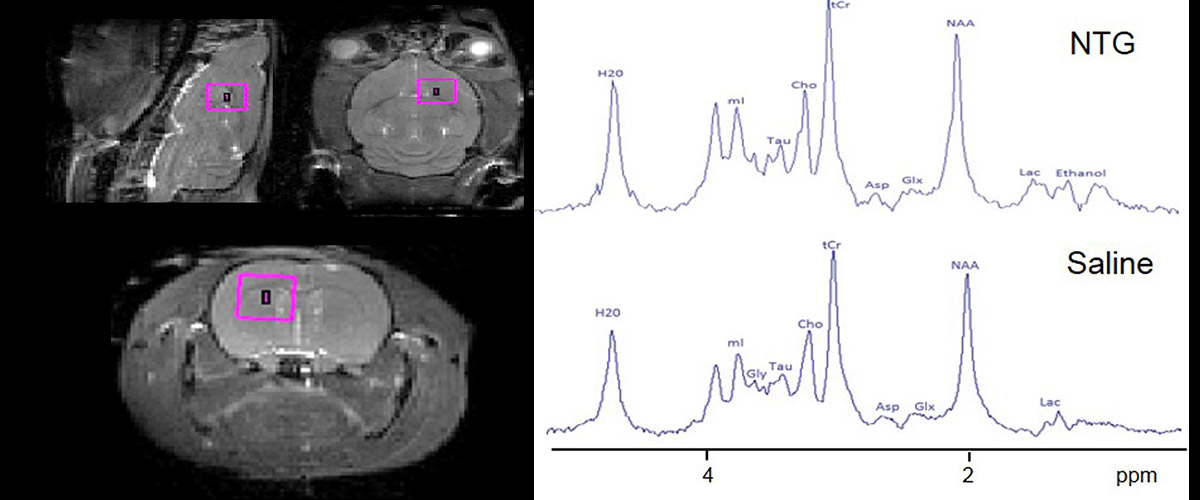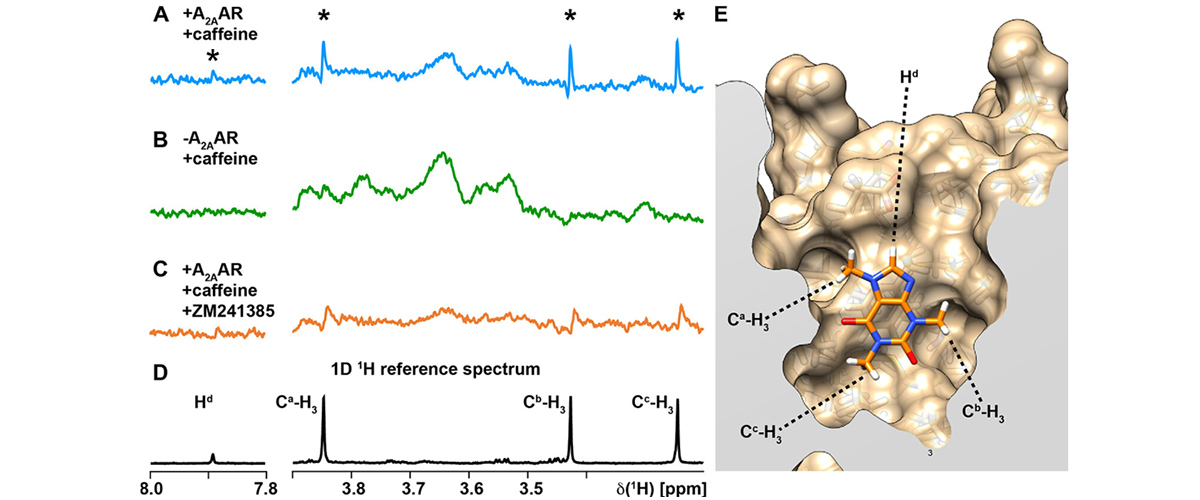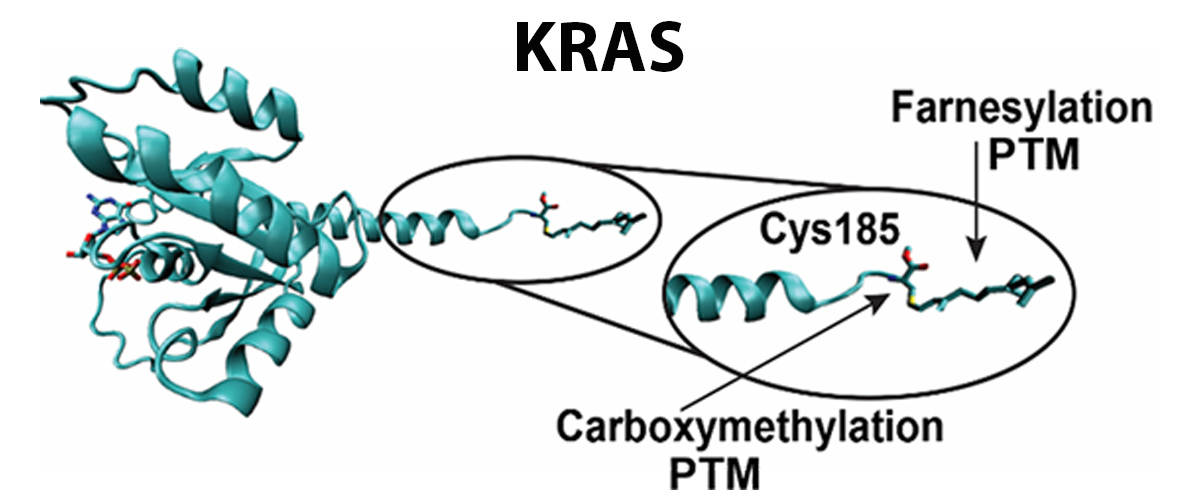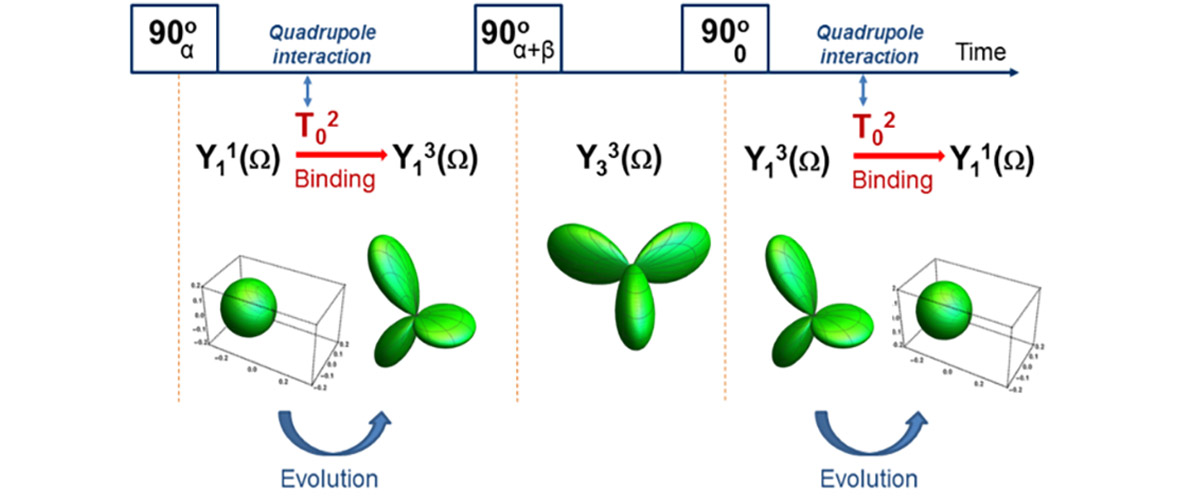What did scientists discover?
Scientists monitored brain metabolites using localized 1H MR spectroscopy at 21.1 teslas before, during and after migraine induction in a rat model. Significant lactate and creatine increases pointed to remodeling of energy usage while sustained taurine also evidences increased ion release during migraine progression. In response to the injection of nitroglycerine to induce a model of a migraine, lactate in the brain — a byproduct of cellular respiration as glucose is consumed — increased over the course of three hours. In addition, levels of taurine—a compound that regulates osmotic pressure by controlling water and salt concentrations—was found to be elevated in the sensitized rat.This pointed to a remodeling of energy usage, and sustained taurine is evidence of increased ion release during migraine progression.
Why is this important?
By following the progression of changes in energy utilization and osmotic pressure regulation during migraines, a better understanding of the root causes of migraine can be developed. The hope is to identify a potential "migraine generator" that is common across all types of an affliction that impacts approximately 38 million people in the U.S. alone. With this information, future treatments might address the cause of migraines, in contrast to current drugs that attempt to reduce the pain.
Who did the research?
N. Abad1,2, J.T. Rosenberg2, T. Roussel3, D.C. Grice1, M.G. Harrington4, S.C. Grant1,2
1Florida State University; 2National MagLab; 3Weizmann Institute Science; 4Huntington Medical Research Institute
Why did they need the MagLab?
The high sensitivity and spectral separation available to relaxation-enhanced 1H spectroscopy in the MagLab’s unique 21.1-tesla magnet expands metabolic profiling to include lactate (Lac), taurine (Tau), aspartate (Asp) and Gly, a mixture of glycine, glutamine and glutamate.
Details for scientists
- View or download the expert-level Science Highlight, Metabolic Assessment of Migraines using Ultra-High Magnetic Fields
- Read the full-length publication, Metabolic assessment of a migraine model using relaxation-enhanced 1H spectroscopy at ultrahigh field, in Magnetic Resonance in Medicine
Funding
This research was funded by the following grants: G.S. Boebinger (NSF DMR-1157490); S.C. Grant (NSF-NHMFL UCGP); M.G. Harrington (NIH R01-NS072497)
For more information, contact Sam Grant.






